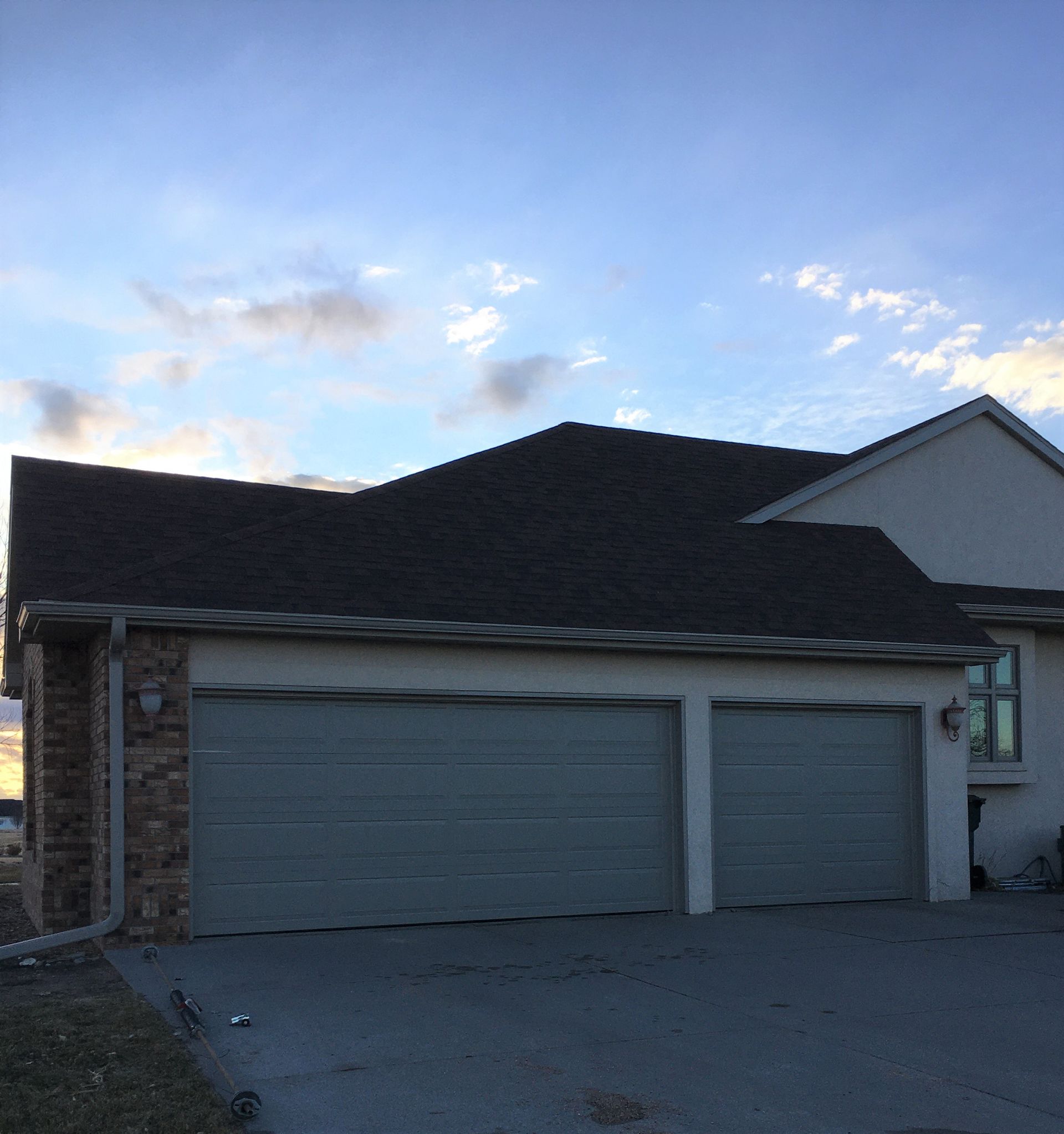Understanding the Value of Roof Inspections
A professional roof inspection is a crucial aspect of home maintenance that can avoid expensive problems down the line. Your roof is exposed to harsh weather over time, leading to gradual wear and tear. Scheduling a roof inspection helps identify issues early, assess the roof's current condition, and ensure your home remains protected. Whether you’re a new homeowner, here’s what to expect during a professional roof inspection.
Step 1: Initial Consultation
The process kicks off with an initial consultation between you and your roofing contractor. At this stage, you’ll discuss any issues regarding your roof, such as leaks. The inspector may ask about the roof’s age and past repairs. This discussion provides insight for the inspector on areas needing attention.
Step Two: Ground-Level Inspection
A professional roof inspection typically begins with a ground-level assessment from the ground. This allows the contractor to notice obvious issues like debris accumulation. Although ground inspections offer valuable insight, a closer look from the roof itself is necessary for a comprehensive evaluation.
The Third Step: Getting on the Roof
The next phase involves the contractor physically inspecting the roof. Using safety equipment, they will inspect specific issues like:
- Shingle Condition: Inspecting cracked, curled, or missing shingles.
- Roof Penetrations: Looking around chimneys, vents, and skylights for leaks.
- Flashing: Ensuring roof seals are intact and watertight.
- Gutters and Downspouts: Confirming they are functioning properly to direct water away.
- Signs of Water Damage: Checking for moisture issues, which might indicate ventilation problems or water intrusion.
Step Four: Checking the Attic
If needed, the contractor may inspect your attic to find hidden problems like leaks or mold. This step helps determine not visible issues that might not appear at roof level. Proper attic ventilation is key to avoiding mold growth.
Step 5: Detailed Report and Recommendations
After completing the process, the contractor will provide a detailed report. This report explains findings such as damaged shingles and provides recommendations for repairs or maintenance. They may also suggest timelines and cost estimates for addressing the issues.
Why Regular Roof Inspections Are Crucial
Regular roof inspections prevent costly damage. Damage can worsen if not addressed promptly. Scheduling inspections after major storms ensures proactive maintenance, saving you time and money.
Conclusion: Keep Your Roof in Top Condition
A professional roof inspection is a smart choice to ensure your roof’s condition. Whether you're selling your home, regular inspections are essential. Don’t wait for leaks—schedule an inspection today.
Schedule Your Inspection with Weathercraft Roofing
If you’re seeking a trusted contractor, Weathercraft Roofing can assist. Our team evaluates your roof’s condition and shares the insights you need to ensure protection.
Schedule Your Roof Check Now
